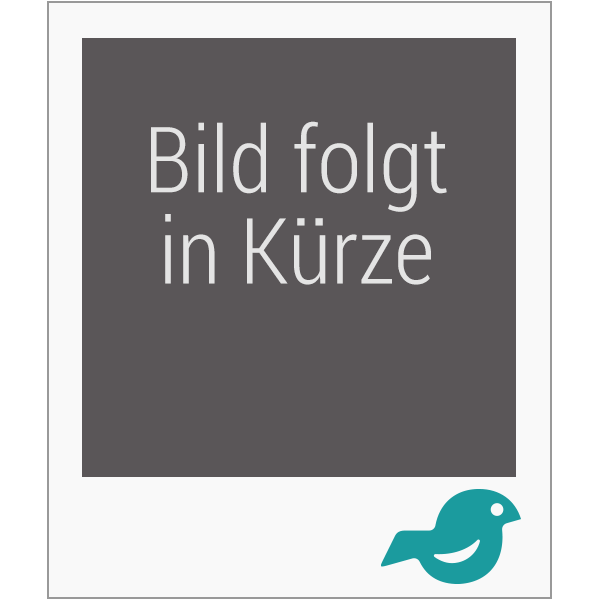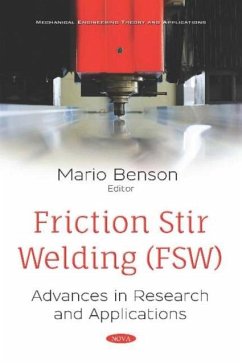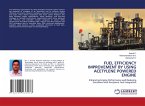In friction welding, Rotational speed (i.e. the relative speed at the friction surfaces) has all along been regarded as a variable that exerts a less dominant influence compared to friction pressure, forge pressure and friction time.The Welding Institute, United Kingdom suggested that sound welds can be obtained through continuous drive friction welding in wide range of steels of different diameters at peripheral velocities in the range of 1.0 to 3.0 m/s. For the AISI 304 grade austenitic stainless steel and AISI 4140 grade low alloy steel dissimilar material combination the optimum speed range is not known for the given combination of the parameters. It was therefore investigated the influence of rotational speed on the friction welding process.
Bitte wählen Sie Ihr Anliegen aus.
Rechnungen
Retourenschein anfordern
Bestellstatus
Storno

